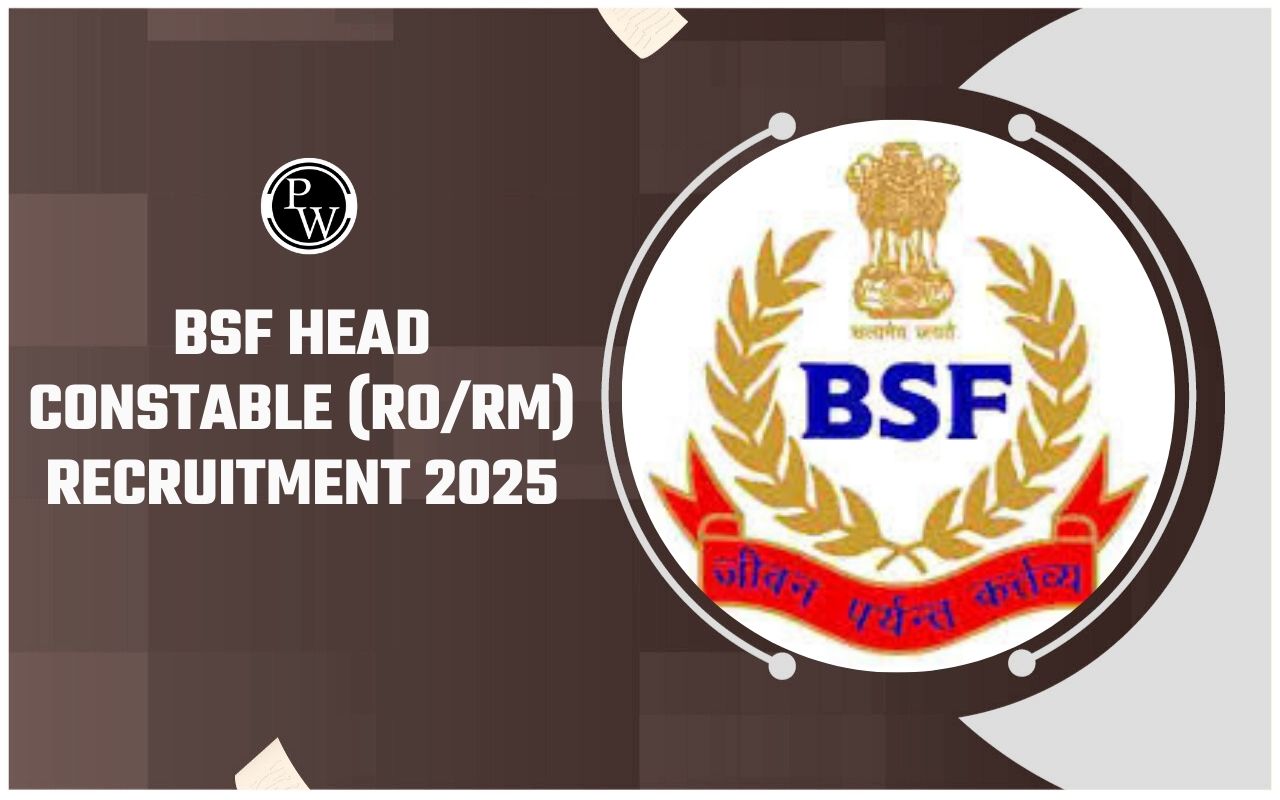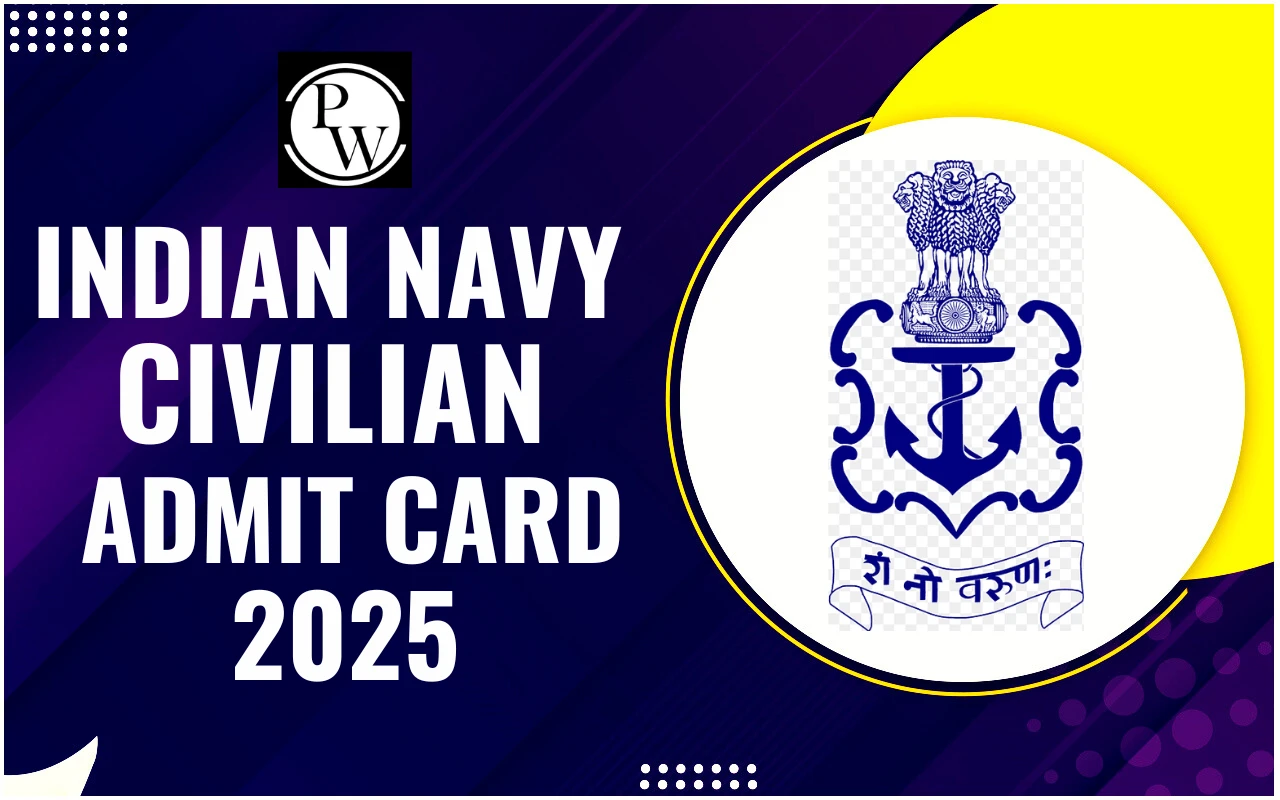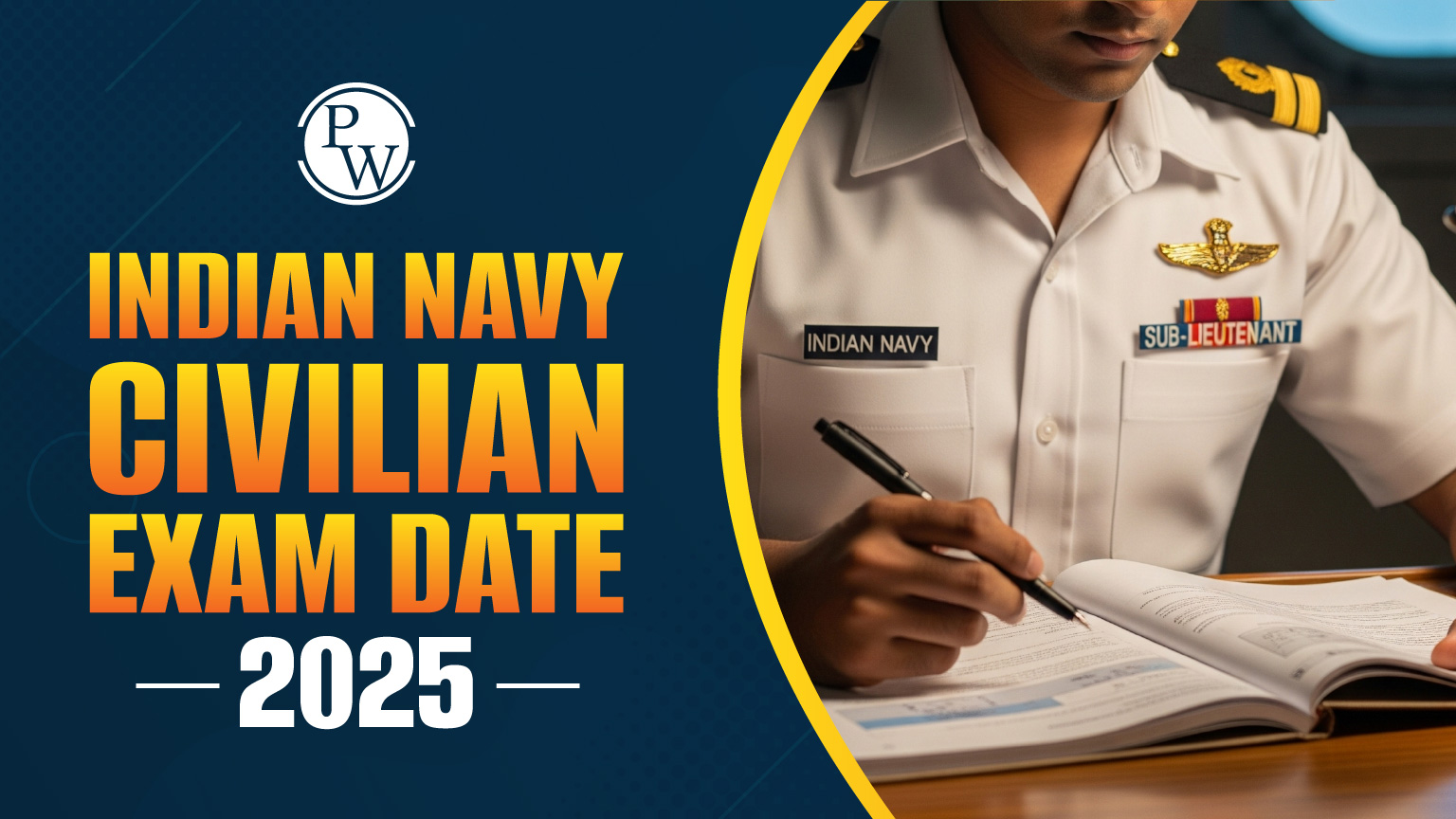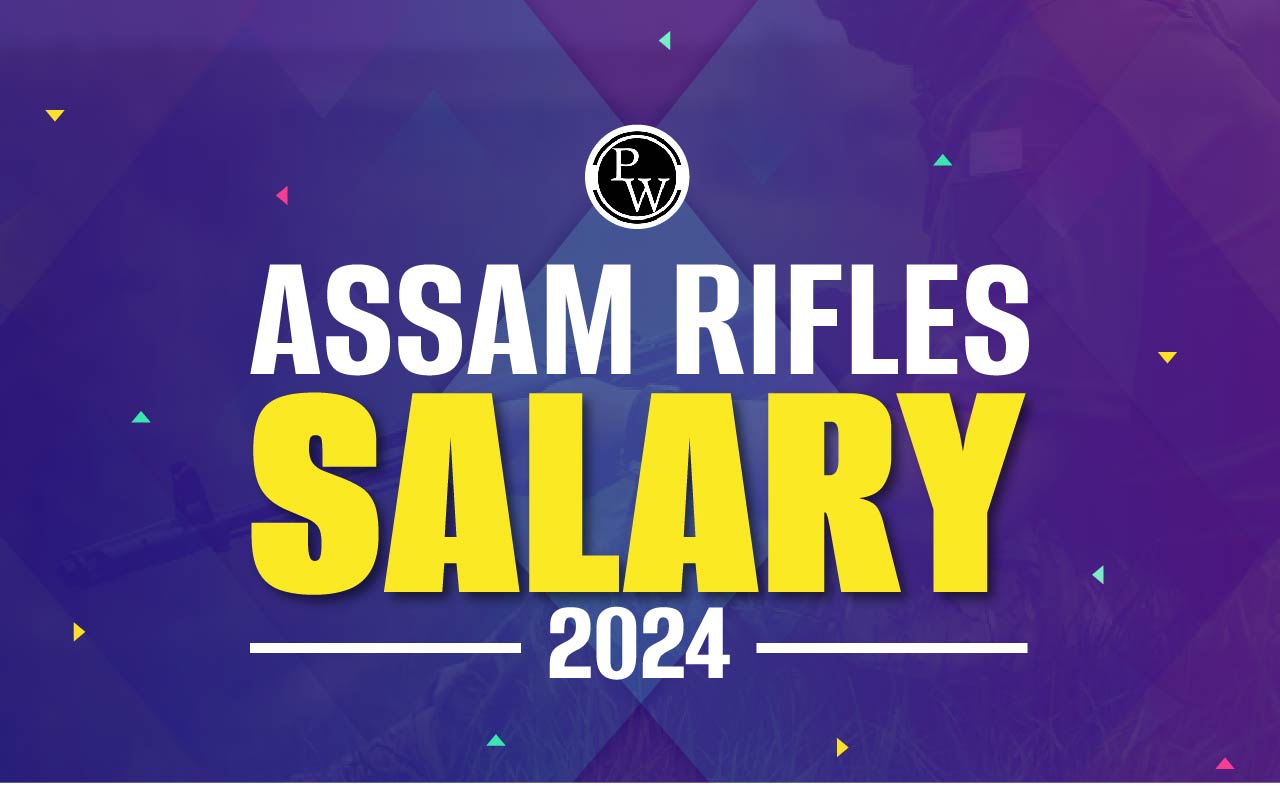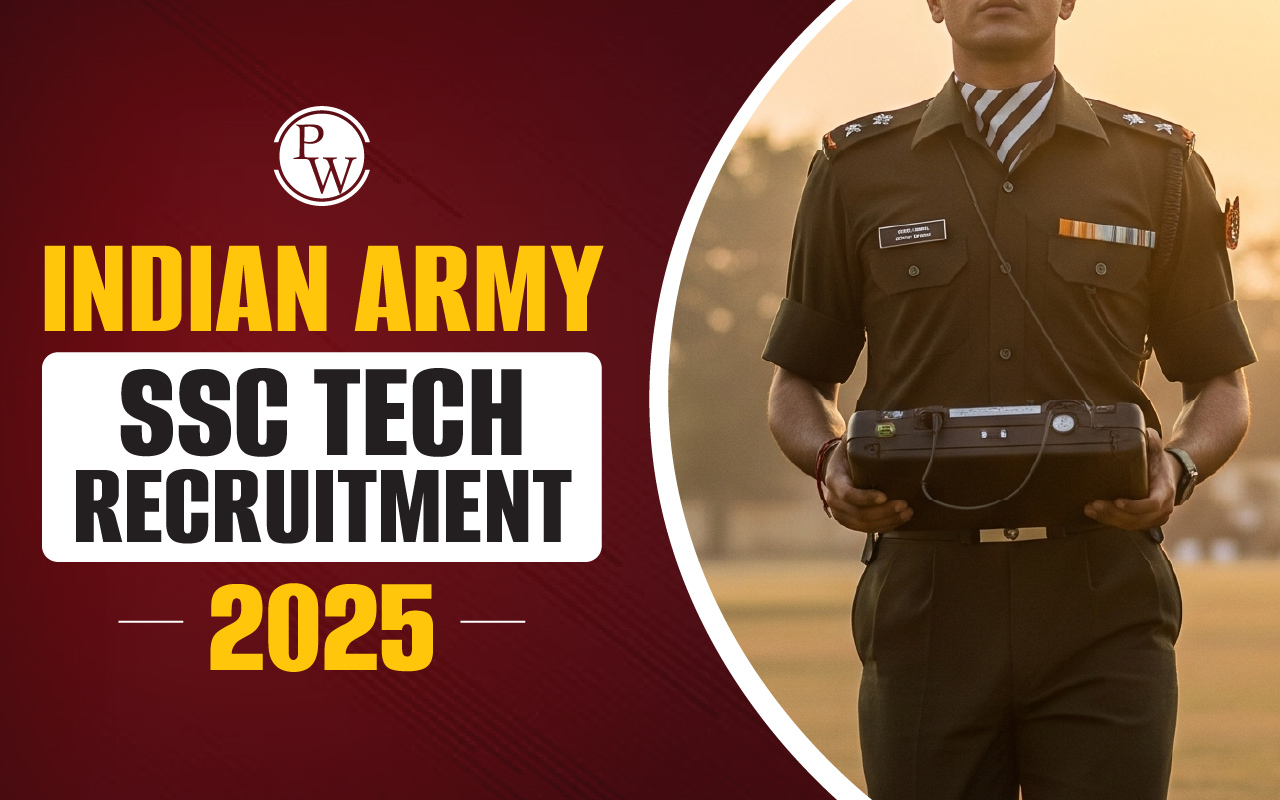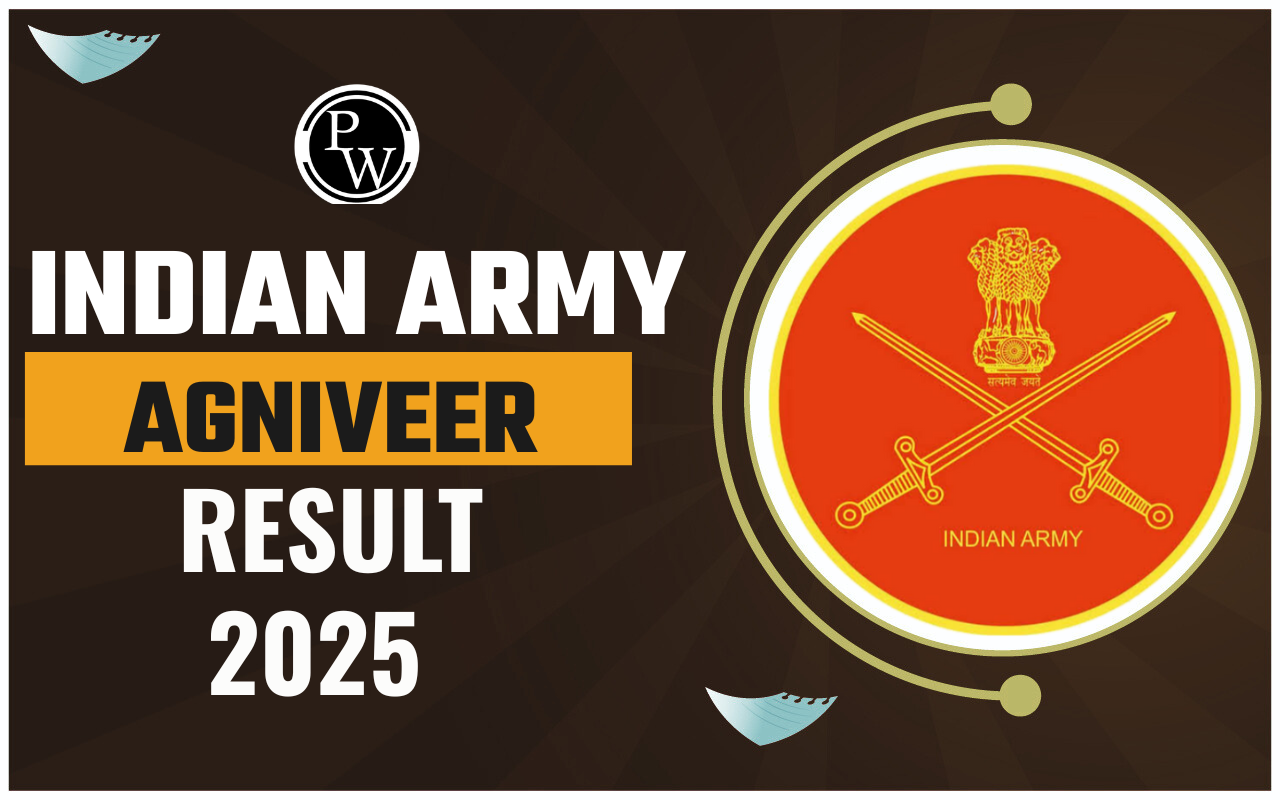
Basic Structure of Russia Army:- The Russian Armed Forces, also known as Russia's military, are organized into three main branches: the Ground Forces, Navy, and Aerospace Forces. They also include two special groups—the Strategic Rocket Forces and Airborne Forces—and the Special Operations Forces Command.
Russia has the world's fifth-largest military, with about 1.15 million active-duty soldiers and nearly two million reservists. They're planning to increase their active personnel to 1.5 million by 2026, aiming to become the world's third-largest military after China and India. Russia holds the largest stockpile of nuclear weapons globally and ranks second in the number of ballistic missile submarines. They're also one of only three countries (alongside the US and China) with strategic bombers. Get the Basic Structure of Russia Army details from the below article.Basic Structure of Russia Army Overview
Go through the Basic Structure of Russia Army Overview from the below table:-| Basic Structure of Russia Army Overview | |
| Division Type | Specific Units |
| Main Branches | Ground Forces |
| Aerospace Forces | |
| Navy | |
| Separate Troop Branches | Strategic Rocket Forces |
| Airborne Forces | |
| Special Forces | Special Operations Forces |
| Logistical Support | Logistical Support of the Russian Armed Forces |
Historical Background of Russia Army
The Soviet Union dissolved in December 1991, leading to the formation of independent states and the division of its military assets. Russia established its Armed Forces in March 1992, with General Pavel Grachev appointed as the first Minister of Defence. The military underwent significant changes, including withdrawals from Europe and other regions. However, corruption continued to be a major issue affecting operations. Russia's military engagements, like the Russo-Ukrainian War, also underscored ongoing challenges and strategic adjustments.Basic Structure of Russia Army
The Russian Armed Forces are structured into specialised branches: the Ground Forces for land operations, the Aerospace Forces for air defence and aviation, and the Navy for maritime defence. These branches include elite units such as the Airborne Troops and Strategic Rocket Forces, which play critical roles in national security. Recently established, the Special Operations Forces Command focuses on specialized missions. Check the Basic Structure of Russia Army below:--
Main Branches
- Ground Forces: This is the largest branch focused on land-based operations. It comprises combined arms armies, tank armies, and motorized rifle armies. These formations include brigades, regiments, battalions, companies, platoons, and squads.
- Aerospace Forces: Combining the Russian Air Force and Air defence Forces, this branch handles aerial warfare, air defence, and aerospace operations.
- Navy: Comprising surface ships, submarines, and naval aviation, the Navy is responsible for safeguarding Russia's maritime interests and executing naval operations.
-
Independent Arms
- Strategic Rocket Forces: This arm oversees Russia's nuclear capabilities, including intercontinental ballistic missiles (ICBMs), submarine-launched ballistic missiles (SLBMs), and heavy bombers.
- Airborne Troops: Renowned for their rapid deployment capabilities, these elite paratroopers are pivotal for swift military interventions.
- Special Operations Forces Command: Established in 2012, this relatively new branch specializes in special reconnaissance, counter-terrorism operations, and unconventional warfare missions.
Important Facts About Russia Army
Size and Expansion Goals
- The Russian Armed Forces are among the largest globally, with about 1.32 million active personnel and a reserve force of approximately 2 million. Plans are underway to expand the active force to 1.5 million by 2026, aiming to become the third largest military in the world.
Nuclear Capabilities
- Russia holds the world's largest stockpile of nuclear weapons, managed by the Strategic Rocket Forces, a dedicated branch within the military.
Military Expenditure
- Russia ranks third globally in military spending, allocating between $86.4 billion to $109 billion in 2023. This investment supports a modern and well-equipped military force.
Branch Structure
The Russian Armed Forces are structured into several branches: Ground Forces for land-based operations,- Aerospace Forces combining air defence and aviation,
- Navy for maritime defence,
- Strategic Rocket Forces overseeing nuclear weapons,
- Airborne Troops renowned for rapid deployment,
- Special Operations Forces Command specializing in unconventional warfare.
Current Challenges and Impact
- The conflict in Ukraine has highlighted organizational and logistical challenges within the Russian military, potentially leading to reforms in the future.
Basic Structure of Russia Army FAQs
Q1. What are the main branches of the Russian Armed Forces?
Ans. The main branches include the Ground Forces, Aerospace Forces (combining air force and air defence), and the Navy.
Q2. What is the Strategic Rocket Forces responsible for?
Ans. The Strategic Rocket Forces manage Russia's nuclear arsenal, including intercontinental ballistic missiles (ICBMs) and other strategic weapons.
Q3. Who are the Airborne Troops in the Russian Army?
Ans. The Airborne Troops (VDV) are elite paratroopers known for their rapid deployment capabilities and specialized operations.
Q4. What is the role of the Special Operations Forces Command?
Ans. This relatively new branch conducts special reconnaissance, counter-terrorism, and unconventional warfare missions.
Q5. How is the Russian Army organized on the ground?
Ans. It is structured into brigades, regiments, battalions, and smaller units like companies and platoons, allowing for flexible deployment and operations.
🔥 Trending Blogs
Talk to a counsellorHave doubts? Our support team will be happy to assist you!

Check out these Related Articles
Free Learning Resources
PW Books
Notes (Class 10-12)
PW Study Materials
Notes (Class 6-9)
Ncert Solutions
Govt Exams
Class 6th to 12th Online Courses
Govt Job Exams Courses
UPSC Coaching
Defence Exam Coaching
Gate Exam Coaching
Other Exams
Know about Physics Wallah
Physics Wallah is an Indian edtech platform that provides accessible & comprehensive learning experiences to students from Class 6th to postgraduate level. We also provide extensive NCERT solutions, sample paper, NEET, JEE Mains, BITSAT previous year papers & more such resources to students. Physics Wallah also caters to over 3.5 million registered students and over 78 lakh+ Youtube subscribers with 4.8 rating on its app.
We Stand Out because
We provide students with intensive courses with India’s qualified & experienced faculties & mentors. PW strives to make the learning experience comprehensive and accessible for students of all sections of society. We believe in empowering every single student who couldn't dream of a good career in engineering and medical field earlier.
Our Key Focus Areas
Physics Wallah's main focus is to make the learning experience as economical as possible for all students. With our affordable courses like Lakshya, Udaan and Arjuna and many others, we have been able to provide a platform for lakhs of aspirants. From providing Chemistry, Maths, Physics formula to giving e-books of eminent authors like RD Sharma, RS Aggarwal and Lakhmir Singh, PW focuses on every single student's need for preparation.
What Makes Us Different
Physics Wallah strives to develop a comprehensive pedagogical structure for students, where they get a state-of-the-art learning experience with study material and resources. Apart from catering students preparing for JEE Mains and NEET, PW also provides study material for each state board like Uttar Pradesh, Bihar, and others
Copyright © 2025 Physicswallah Limited All rights reserved.


